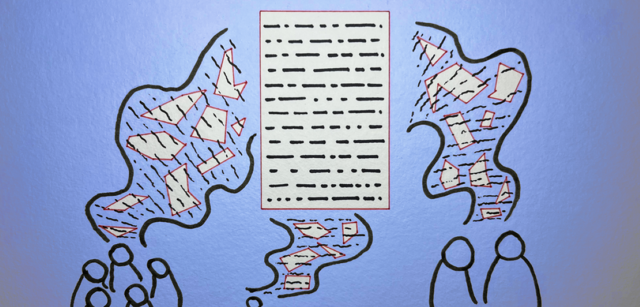April 4, 2025
UvA investigates AI’s influence on visual representations of gender
Generative AI is increasingly used to create images, yet how these systems operate—and the extent to which they exhibit bias, for example in terms of gender—remains largely unclear. A team of UvA researchers is exploring these questions in the project Visual Imaginaries of Gender: The potentials and limitations of GenAI, in collaboration with partners including the Sandberg Instituut and Studio Bertels.
Computer vision researcher Nanne van Noord explains that generative AI systems tend to produce images of men when no gender is specified. ‘That has been shown before. But what happens in cultural or historical contexts? For example, is it easier for AI to depict a male figure in a typically female historical role than to portray a woman as a Roman general? That’s one of the core questions we want to explore.’
The research team includes Van Noord (Faculty of Science), social and cultural psychologist Eftychia Stamkou (Faculty of Social and Behavioural Sciences), and historian Melvin Wevers (Faculty of Humanities). External partners include the Amsterdam University of Applied Sciences (AUAS), the Sandberg Instituut, and design agency Studio Bertels.
The project is part of the UvA-wide research theme Responsible Digital Transformations, which focuses on the societal, legal, and ethical implications of digital technologies. Through workshops with artists and designers, the team will examine how generative AI shapes—or limits—the visual portrayal of gender.
‘This technology is now widely accessible and is used in advertisements, media, and art,’ says Van Noord. ‘But we still don’t fully understand how AI influences the images it produces. By working with creators, we hope to gain better insight—and ultimately contribute to inclusive, creative tools for research, education, and the arts.’
Vergelijkbaar >
Similar news items

August 22
AI outwrites bestselling fantasy authors in short story challenge
read more >

August 22
AI assistance may reduce doctors’ diagnostic sharpness
read more >

August 22
AI supports more diverse news exposure and healthier public debate
read more >